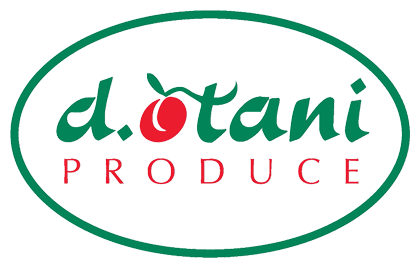The iceberg lettuce market has soared above $30 per carton f.o.b., and all indications are that it could very well stay in that stratosphere beyond Thanksgiving.
Veteran vegetable salesman Mark McBride of Coastline Family Farms in Salinas, Ca, explained that warm weather in the Salinas Valley has caused many lettuce fields to be two weeks or more ahead of schedule. This ultimately could mean that the “Salad Bowl” of California will run out of lettuce before the transition to the desert regions of California and Arizona are completed. McBride said grower-shippers are attempting to slow down the harvest to help the remaining Salinas Valley acres last into November.
The result has been rising prices with the iceberg lettuce market in the mid-$30s and romaine hearts not far behind.
In November, grower-shippers typically begin transitioning to winter production in the desert, though some have three to four week of mostly iceberg lettuce fields in Huron in the Central Valley of California beginning in mid-to late October. The first Huron fields were cut this week with most other growers expected to get started before the end of the month. Yuma, AZ, and the Imperial Valley in California are expected to start producing vegetable crops in early November.
Exacerbating the supply situation this season was a damaging rainstorm that swept through parts of the Yuma growing region in late September causing flash flooding. Reports are that there was significant damage to some fields, and early supplies are expected to suffer.
Surveying the situation, McBride opined that “the entire month of November will be a challenge (in terms of production) with a good market.”
Jason Lathos, manager of commodities for Church Brothers Inc. in Salinas, CA, told The Produce News on Oct. 15 that it is a very good time to be a grower of a major vegetable commodity in the Salinas Valley. He noted that the valley has five major row crops: lettuce, leaf lettuces, broccoli, cauliflower, celery. “Right now four of the five (excluding celery) have markets above $20 and some above $30 (f.o.b.). And the fifth (celery) is heading into its biggest demand month of the year. So soon we could have five out of five above $20.”
Echoing the sentiments of others, Lathos said overall lettuce supplies from the Salinas Valley are 20-25 percent below budget with no relief in sight. He said warm weather brought the fields on quicker than usual and there is just no way to cover the demand moving forward. “Typically, in Salinas lettuce takes 90 to 120 days to grow. We had some fields that produced a crop in 60 days. That is one-third faster and that has created the decreased supplies moving forward.”
He said processors of value-added salads looking for supplies are finding no takers. “Usually, a situation like this causes a bidding war, which drives the price up,” he said. “But right now there is nothing to bid on.”
Church Brothers transitioned its iceberg lettuce production to Huron this week and Lathos said the company’s production in Yuma would begin in early November.
He said with the expected $20-plus market in October expected to last well into November, it will be the third time this year that growers have an extended period with a strong market. He noted that there were similar markets in February/March and June/July. “This year, every three months, we have had a really good market.”
But Lathos would not go so far as to say those strong markets would necessarily equate to a good season for a grower. He said there are many factors that determine a grower’s bottom line, including price, volume, timing and the various commodities he grows. Lathos said even when a grower does well with one item, there is usually another field of another commodity balancing out the books.
For example, the hot and getting hotter conventional iceberg and romaine lettuce markets were being balanced out by the low celery market at the time of this interview. However, most vegetable markets were stronger than usual with sunny skies, both literally and figuratively, expected as winter production takes over.

